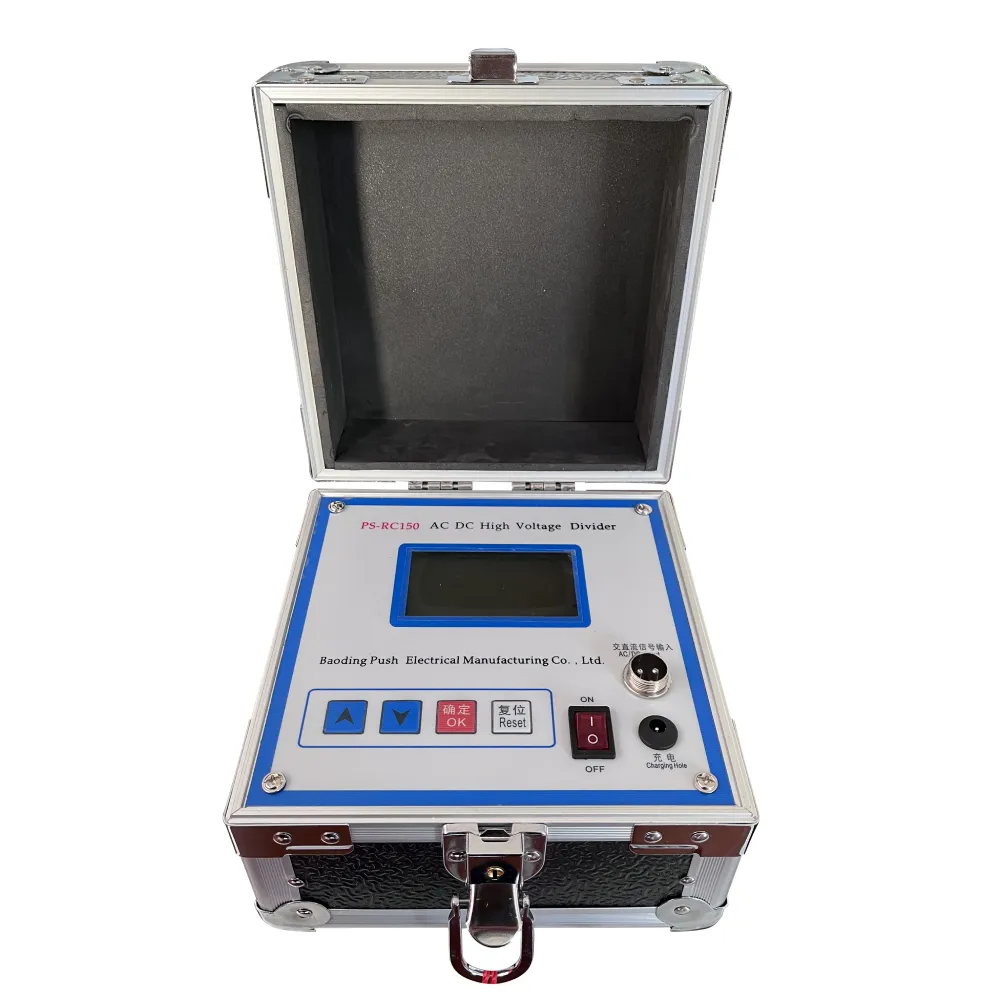 English
English


Advancements in Gas Chromatography Techniques for Enhanced Instrumentation and Data Analysis in Analytical Chemistry
Instrumental Gas Chromatography Principles and Applications
Instrumental gas chromatography (IGC) is a powerful analytical technique widely used for the separation and analysis of compounds in complex mixtures. This technique is based on the principle of partitioning, where sample molecules are separated due to their different affinities towards the stationary and mobile phases. IGC employs an inert gas, typically helium or nitrogen, as the mobile phase, while the stationary phase can be a solid or a liquid that coats a solid support within a column.
Principles of Gas Chromatography
Gas chromatography is predicated on the concept of differential distribution. When a sample is injected into the chromatographic system, it is vaporized and carried by the mobile phase through a column. Inside the column, compounds interact with the stationary phase based on their chemical properties—such as volatility, polarity, and molecular weight. These interactions result in varying retention times for different compounds, allowing them to elute from the column at different intervals.
The efficacy of a gas chromatography system depends significantly on the choice of stationary phase. Various types of stationary phases can be utilized depending on the nature of the samples being analyzed. For instance, polar stationary phases are employed for separating polar compounds, while non-polar phases are preferred for less polar substances. Moreover, the column's temperature can be meticulously controlled, which further enhances the resolution of separations.
Instrumentation and Setup
The essential components of an IGC system include an injection port, a chromatographic column, a detector, and a data analysis system. The injection port is where the sample is introduced into the system, typically through a syringe. The vaporized sample travels through the column, where it undergoes separation. Detectors such as flame ionization detectors (FID) or thermal conductivity detectors (TCD) are commonly used to identify and quantify the compounds as they elute.
instrument gas chromatography

Modern gas chromatographs are equipped with sophisticated data processing software that allows for the interpretation of chromatograms. These systems offer high sensitivity, precision, and the ability to identify compounds based on their retention times and peak areas.
Applications of Instrumental Gas Chromatography
IGC has a myriad of applications across various industries and research fields. In the petrochemical sector, it is vital for characterizing hydrocarbons and ensuring the quality of products. Environmental scientists utilize gas chromatography to analyze air and water samples, monitoring pollutants and assessing compliance with environmental regulations.
In the food and beverage industry, gas chromatography is employed to test for flavor compounds, nutrients, and contaminants, ensuring product safety and quality. Similarly, in the pharmaceutical field, it plays a critical role in drug development, allowing for the analysis of active pharmaceutical ingredients and their degradation products.
Additionally, IGC is instrumental in forensic science, where it aids in the identification of substances in criminal investigations, such as narcotics or toxic chemicals.
Conclusion
Instrumental gas chromatography stands out as a versatile and indispensable analytical tool. Its ability to provide detailed information about complex mixtures and its wide range of applications make it a cornerstone technique in laboratories worldwide. With continuous advancements in technology, future developments in IGC are expected to enhance its efficiency, resolution, and applicability, further extending its utility in science and industry. As the demand for precise analytical methods continues to grow, IGC will undoubtedly remain at the forefront of analytical chemistry.
-
Differences between open cup flash point tester and closed cup flash point testerNewsOct.31,2024
-
The Reliable Load Tap ChangerNewsOct.23,2024
-
The Essential Guide to Hipot TestersNewsOct.23,2024
-
The Digital Insulation TesterNewsOct.23,2024
-
The Best Earth Loop Impedance Tester for SaleNewsOct.23,2024
-
Tan Delta Tester--The Essential Tool for Electrical Insulation TestingNewsOct.23,2024





